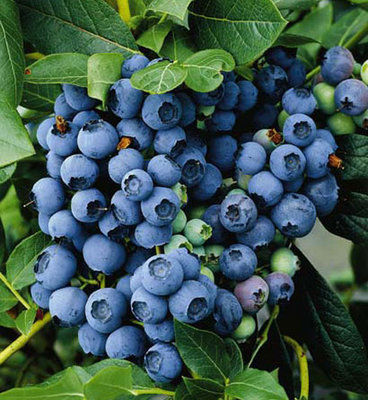It seems like I’m always reading a gardening magazine or online blog or Googling some horticultural-related topic. There is so much useful information out there.
With the new growing season upon us, I thought I’d share some of these tips for you to ponder.
Bare-root season is here
This is the time when you can add to your garden inexpensively. Bare-root plants are carefully dug up at growing grounds with their roots bare, meaning that most of the dirt around the roots has been removed.
One of the primary advantages of bare-root plants is that they tend to have an extensive, well-developed root systems as a result of being allowed to develop normally. When they are handled well, the root system is left intact, and the tree, shrub, vine or berry plant will have a better chance of rooting and surviving when placed in your garden.
Bare roots don’t have to adapt to any differences between container soil and the soil in your garden. They are also cheaper to ship, because the lack of a dirt ball makes them much lighter — and this lightness makes them easier to handle and plant, too.
You might be interested mainly in growing ornamental plants, such as shade trees or a flowering plum, cherry or crabapple. Maybe you want another fragrant lilac to cut for bouquets or a purple wisteria vine to cover the arbor.
Planting something new while it’s available in bare-root form is one of the easiest things you’ll ever do in the garden.
Plant a fruit tree or two
If growing something to eat is your goal, think of the first fruit that comes to mind. That is the tree you should start with.
Do you already have a few fruit trees but want to add more? Why not add another variety this year that ripens later, so that you extend the harvest season throughout the summer? It’s no fun when everything ripens at the same time and you become a slave to the garden — picking, canning, drying, cooking, bribing the kids to take extras to the neighbors.
Remember that fruit trees need at least 6 to 8 hours of full sun during the growing season. Don’t worry if you don’t have much sun in the winter, as the trees are dormant then, anyway.
Citrus trees, however, are green year-round and never lose their leaves. For this reason, you won’t find a bare-root lemon tree.
What fruit tree varieties can you grow here in the mountains? Well, almost everything. We have well over 500 chilling hours per winter. Most of us get 700 to 900 hours.
What does that mean? Many fruit trees, lilacs and peonies need a certain number of hours during dormancy when the temperature is 45 degrees or less. You can give a plant more cold in the winter, and it’ll like that just fine. But fewer hours will hurt your results.
Those in Santa Cruz near the coast can grow Fuji apples, for instance, but not red delicious. In the mountains, we can grow both.
Other good garden eats
What else can you add to your garden to eat? Blueberries offer more than yummy berries. They make beautiful hedges 4 feet to 6 feet tall, with gorgeous fall colors. They are self-fertile, but if you plant at least two types — like a Berkeley, Bluecrop or Blueray — together, you get even more fruit.
Other edibles available to plant now are asparagus, artichokes, strawberries, grapes, blackberries, boysenberries and raspberries.
• Jan Nelson, a California certified nursery professional at Plant Works in Ben Lomond, will answer questions about gardening at ja******@*ol.com.













